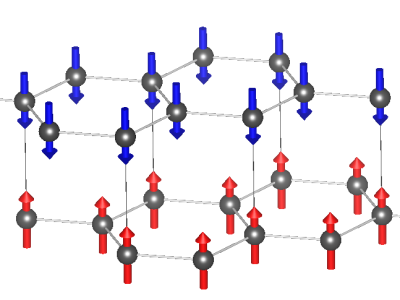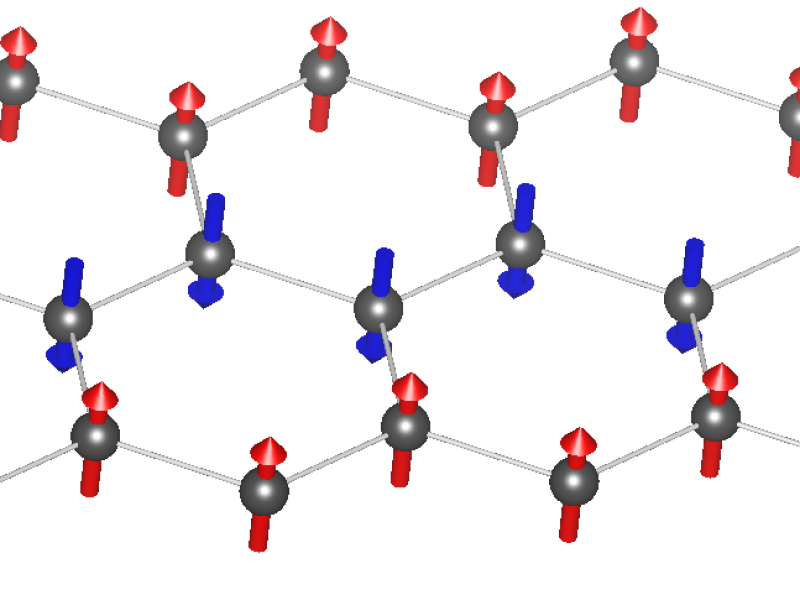
Members of theory department have contributed to complex density functional theory (DFT) based calculation study of van der Waals (vdW) magnetic material VI₃. This has led to the discovery of how the specific direction of its easy axis is connected to lattice disortions and also to the exceptionally high orbital momentum [1]. Measurement of XAS and XMCD spectrum has allowed us to confirm that the electronic state with high orbital momentum we predicted previously is indeed present in real samples. This solution has specific electronic level occupations that exhibit clear signatures observed in XMCD spectrum. To obtain deeper understanding of the studied problem we have connected our ab initio results to ligand field multiplet theory [2].
Our calculation described phonon modes in VI₃ in the presence of many possible structures suggested by previous analysis. From comparing predicted phonon spectra to those observed by IR and Raman important information about structural distortions was obtained [3]. The DFT calculations have also provided possible explanation for the pressure dependence of T_C in VI₃ [4]. In a similar vdW material VBr₃ our calculations predict that the magnetic ground state has the zigzag AFM order, and not the suggested layered AFM order. This finding is consistent with the high stability of this phase against field-driven reorientation [5].
Currently our research efforts are aimed at unusual pressure dependence of magnetism in CrBr₃, pressure control of magnetic order in Ni dihalides (first monolayer multiferroic), proximity effects induced by unique high-T_c 2D magnet CrSBr, quasiparticle interactions and thermal Hall effect in multiple vdW magnets.






